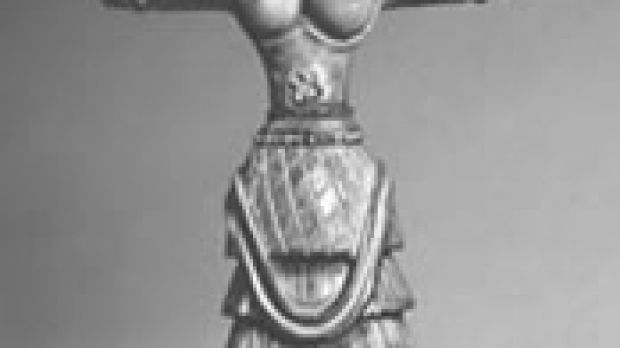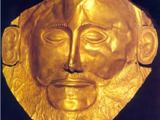Early civilizations in Crete, Cyprus and Greece, the Aegean and Near Eastern cultures, including the Minoan, Mycenaean and Anatolian civilizations, are the fundamental building blocks of early European history. Historians used to think that these cultures have traded with Egypt's New Kingdom.
However, new radiocarbon dating shows that these civilizations actually existed 100 years earlier. Instead of Egypt, they were probably interacting with the Canaanites, a culture that occupied the Levant, a region that today includes Israel, Palestine, Lebanon and Syria.
A new Cornell University radiocarbon study of tree rings and seeds, conducted by Sturt Manning and his colleagues, shows that the Santorini (or Thera) volcanic eruption, a central event in Aegean prehistory, occurred about 100 years earlier than previously thought. Another study by geologist Walter Friedrich of the University of Aarhus in Denmark and colleagues, uses a single branch to pinpoint the time of death for an olive tree believed to have been buried alive during that eruption. Together, the two studies strongly suggest an eruption date of somewhere between 1600 and 1660 B.C.
The Santorini volcano, one of the largest eruptions in history, buried towns but left archaeological evidence in the surrounding Aegean Sea region. "Santorini is the Pompeii of the prehistoric Aegean, a time capsule and a marker horizon," said Manning. "If you could date it, then you could define a whole century of archaeological work and stitch together an absolute timeline."
"At the moment, the radiocarbon method is the only direct way of dating the eruption and the associated archaeology," said Manning. According to him, the new radiocarbon data now calls for "a critical rethinking of hypotheses that have stood for nearly a century."
The fact that these ancient European cultures are not related to Egypt but to the Levant culture may explain some anomalies that have long puzzled historians. For example, it's been speculated that there is a connection between Anat, a virgin goddess of war worshipped in the Levant, and Athena, one of the most important goddesses in ancient Greek culture. Now this seems natural. "Once people have accepted that this is plausible, they may discover that a few of the problems of how we see the genesis of Western civilization make better sense," Manning said.
Photos: Minoan and Mycenaean art

 14 DAY TRIAL //
14 DAY TRIAL // 


